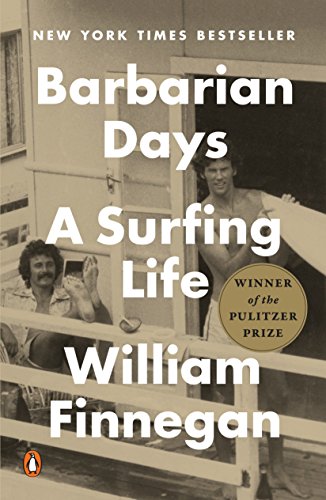
1
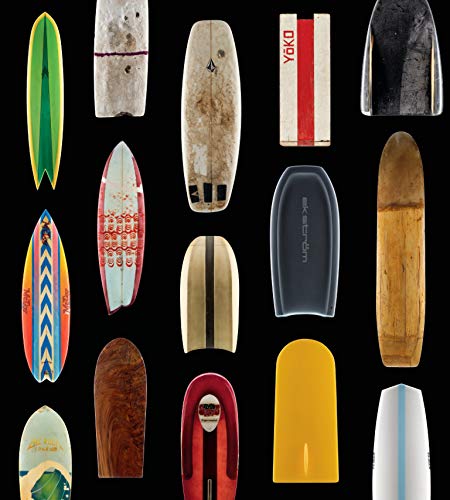
2
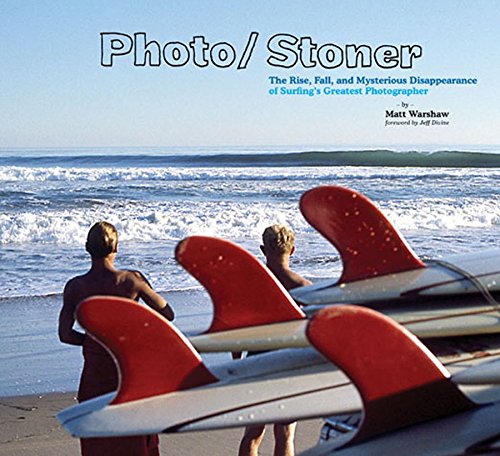
3
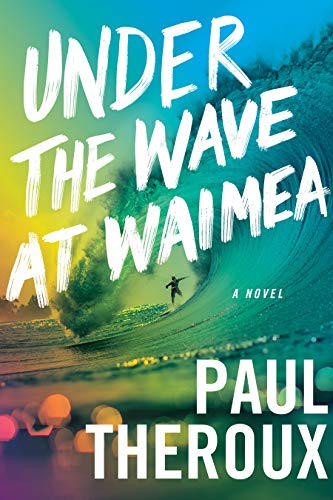
4
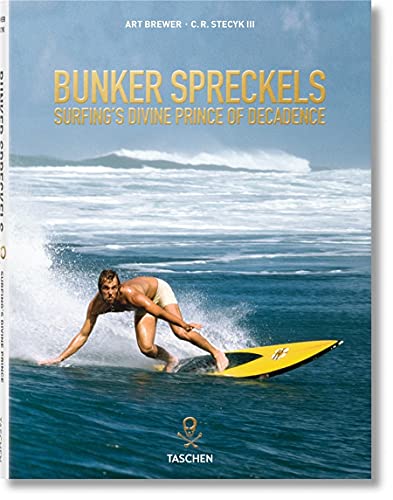
5
At Oporto Surf Club(e), we are dedicated to the theory and practice of surfing. Surfing not as lifestyle, but as a way of life. The culture of surf craft is a tradition passed on from artisan to shaper, and from rider to rider. It is a history rich in lore, but also in technology and design. Like an oral tradition, much wisdom and knowledge is passed on without ever being recorded in print. When it is written down, the result is sometimes hard to find. That’s the case with two selections we had hoped to feature here. Firstly, ‘The Gift’, Marc Andreini’s collage of stories of life as a California shaper and all he learned along the way, from the ancient Hawaiians via legends like Tom Blake, Bob Simmons and George Greenough. The second cult volume is ‘Surfboards Dynamics’, which reads like a research treatise on acid, about the hydrodynamics of planing and displacement hulls by Tristan Mausse, Sam Heaton and Paul Gross. For the more mainstream reader, here are five books for the reference library of every surfer, adventurer and lover of craft.
1
"It was, once again, a glorious wave, with hues in its depths so intense they felt like first editions—ocean colors never seen before, made solely for this wave, this moment, perhaps never to be seen again." Finegan's descriptions of waves from the world over are pure poetry. A rite of passage/ travelogue/ memoir, this book is not merely for surfers, but for anyone curious about life. Seek it out.
2
A book that reads like a museum catalogue from MIT Press (surfers with PhDs, anyone?), this lush volume traces the history and culture of surfing's evolution. From the ancient Hawaiian alaia to the unadorned boards designed with mathematical precision (but built by hand) by Bob Simmons, this beautiful publication reflects both aesthetics and history. Board design here is viewed as an exemplary form of 'mingei', or 'art of the people', the craft philosophy of Soetsu Yanagi. He believed that a design's true beauty and purpose are revealed when it is put to its intended use. In its purest form, the craft of board building, along with the act of surfing itself, exemplifies mingei. And it's what we at the Club aspire to.
3
Ron Stoner's photograph of the young Skip Frye paddling out past the break with Mike Hynson noseriding towards him - this may be the most iconic image from surfing's halcyon days. The composition in this shot is impeccable, as it is in the many less well-known images in this dashing book, a collection of work by the best surf photographer of the 1960s. At the height of his fame, Ron Stoner vanished without a trace, but left an indelible image of effortless coastal California grace.
4
"The appeal of surfing to Sharkey was that it was improvisational, a question of balance, of staying on your board on a radical, feathering wave, a dance on water. At it’s best, a display of originality, perhaps not a sport at all? But a personal style, a way of living your life, a game without rules, incomparable. And some of the greatest rides on the biggest waves were never seen by anyone except the surfer. The surfer rode the wave, the wave broke softly, and it was over. The epitome of performance art. The surfer paddled to shore, the wave was gone, there was no trace of the ride. Something like a fabulous death." No praise necessary, Theroux's prose says it all. As he writes elsewhere in the book, “Days you spend on the water are not deducted from your life.... Surfing keeps you from growing old.” That is our expectation and our hope.
5
A book about an iconoclast. Theroux may well have modelled his hero Joe Sharkey on the larger-than-life Bunker Spreckels. Everyone talks about Miki Dora, and there are legends we all revere like recently deceased Greg Noll (RIP). There's something about the contrarian attitude, and just plain Atitude with a capital 'A' that we at the Club(e) love about Bunker. Not so much for his lifestyle (the heir to a sugar fortune and stepson to Clark Gable epitomized living fast and dying young). We admire particularly the way he rode, and the way he surfed fishes in particular - Spreckels would perform kneeboarding and standup surf techniques on the same wave.

1
"It was, once again, a glorious wave, with hues in its depths so intense they felt like first editions—ocean colors never seen before, made solely for this wave, this moment, perhaps never to be seen again." Finegan's descriptions of waves from the world over are pure poetry. A rite of passage/ travelogue/ memoir, this book is not merely for surfers, but for anyone curious about life. Seek it out.

2
A book that reads like a museum catalogue from MIT Press (surfers with PhDs, anyone?), this lush volume traces the history and culture of surfing's evolution. From the ancient Hawaiian alaia to the unadorned boards designed with mathematical precision (but built by hand) by Bob Simmons, this beautiful publication reflects both aesthetics and history. Board design here is viewed as an exemplary form of 'mingei', or 'art of the people', the craft philosophy of Soetsu Yanagi. He believed that a design's true beauty and purpose are revealed when it is put to its intended use. In its purest form, the craft of board building, along with the act of surfing itself, exemplifies mingei. And it's what we at the Club aspire to.

3
Ron Stoner's photograph of the young Skip Frye paddling out past the break with Mike Hynson noseriding towards him - this may be the most iconic image from surfing's halcyon days. The composition in this shot is impeccable, as it is in the many less well-known images in this dashing book, a collection of work by the best surf photographer of the 1960s. At the height of his fame, Ron Stoner vanished without a trace, but left an indelible image of effortless coastal California grace.

4
"The appeal of surfing to Sharkey was that it was improvisational, a question of balance, of staying on your board on a radical, feathering wave, a dance on water. At it’s best, a display of originality, perhaps not a sport at all? But a personal style, a way of living your life, a game without rules, incomparable. And some of the greatest rides on the biggest waves were never seen by anyone except the surfer. The surfer rode the wave, the wave broke softly, and it was over. The epitome of performance art. The surfer paddled to shore, the wave was gone, there was no trace of the ride. Something like a fabulous death." No praise necessary, Theroux's prose says it all. As he writes elsewhere in the book, “Days you spend on the water are not deducted from your life.... Surfing keeps you from growing old.” That is our expectation and our hope.

5
A book about an iconoclast. Theroux may well have modelled his hero Joe Sharkey on the larger-than-life Bunker Spreckels. Everyone talks about Miki Dora, and there are legends we all revere like recently deceased Greg Noll (RIP). There's something about the contrarian attitude, and just plain Atitude with a capital 'A' that we at the Club(e) love about Bunker. Not so much for his lifestyle (the heir to a sugar fortune and stepson to Clark Gable epitomized living fast and dying young). We admire particularly the way he rode, and the way he surfed fishes in particular - Spreckels would perform kneeboarding and standup surf techniques on the same wave.
© Five Books 2026